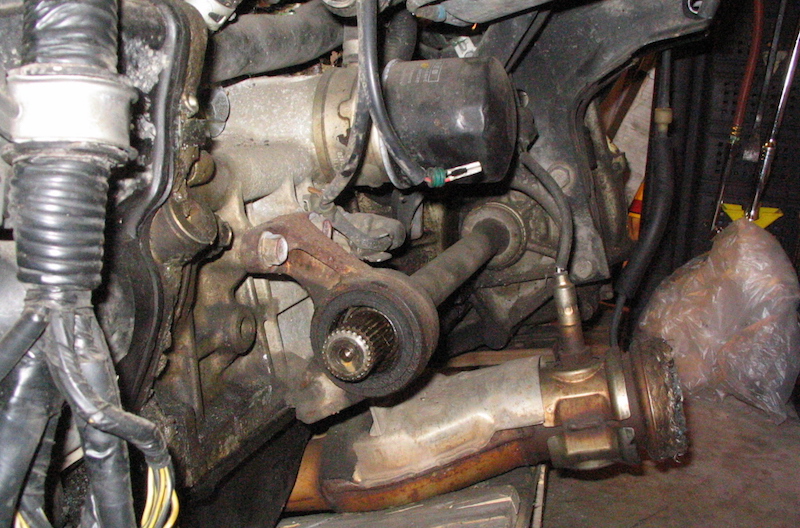So your check engine light is on. As you probably know, the check engine light (CEL) can light up for all sorts of reasons. But since the introduction of OBD-II back in the 1990s, many of those reasons are stored in a standardized set of diagnostic trouble codes that can be accessed with a generic code reader.
The good thing about the CEL and the entire OBD-II engine management and diagnostic system is that it takes a lot of the guesswork out of what's actually going on with a vehicle's engine and drivetrain. A tech can connect a code reader to the OBD-II port and quickly access any trouble codes that are stored in the engine computer, pointing him or her in the right direction for diagnosis and repair.
Note: Code scanning is one of the free services at your local Advance Auto Parts store.
Where it can get tricky, though, is interpreting what the trouble codes mean. At times, there's a certain amount of reading between the lines needed to come up with an informed conclusion on why a certain code might be stored—and a single problem might cause a cascade of trouble codes to all be stored.
To help you learn more about these codes and decide whether the issue is one you can tackle yourself or one that you should take to a trained technician, Advance Auto Parts will be breaking down common codes. In this article, we cover P0122 and what it means.

Trouble Code P0122: TPS A Circuit Low Input — What It Means
The throttle position sensor (TPS) is mounted on the shaft for the butterfly on your engine's throttle body. The TPS sends real-time information to the PCM, and the PCM uses this input to determine fuel delivery and timing. The TPS is a potentiometer design with a variable resistor. Potentiometers use three wires: a ground, a 5-volt reference, and the signal wire. As the throttle plate opens, the voltage signal increases, and then decreases as the throttle closes. The low end of the voltage scale should be about .15 to .20 volts; when voltage dips below that value, a trouble code is stored in the PCM.
Symptoms
- Poor acceleration
- Poor fuel economy
- Failsafe or "limp-in" mode, with the PCM limiting speed
- Bucking, jerking, stalling
- Hard start or no-start condition
- High idle
What Happens If I Ignore It?
With a P0122 code, the PCM doesn't know what setting your accelerator is at, at any given time. As a result, your vehicle will run so poorly that you won't really be able to ignore it. And as with many other problems, ignoring the P0122 code might result in additional problems down the line.
Possible Fixes
- Inspect the TPS sensor's wiring for loose connections, loose wires, improper mounting, damage or corrosion.
- Remove the TPS electrical connector, spray the contacts with contact cleaner and reinstall.
- Clear codes in the PCM and test-drive the vehicle to see if the problem or code returns.
- If the code returns and you don't find any damage or loose connections on the wiring, it's time to test the TPS.
- Connect a multimeter set to read DC voltage between the signal and ground wires, with key on/engine off.
- Slowly press the accelerator pedal and watch for the voltage to steadily increase. If it doesn't increase or there are "dead spots" that prevent smooth voltage change, replace the sensor.
- Repeat by letting off the pedal slowly to go from wide open throttle to idle. The reading should be similarly smooth as it decreases, and the voltage at idle should be within the manufacturer's spec. If not, replace the sensor.
Additional Notes
As troubleshooting and repairs go, this one is fairly straightforward. There's the remote chance that a failing alternator would supply low voltage through the whole system, triggering the P0122 code, but it would also present other symptoms and codes as well. Some techs will also recommend rapping the sensor itself lightly with a screwdriver during the test to see if the voltage readings stay steady or jump around. Just don't jump the gun and replace the sensor until you've thoroughly checked the wiring and connector (including a wiggle test).








